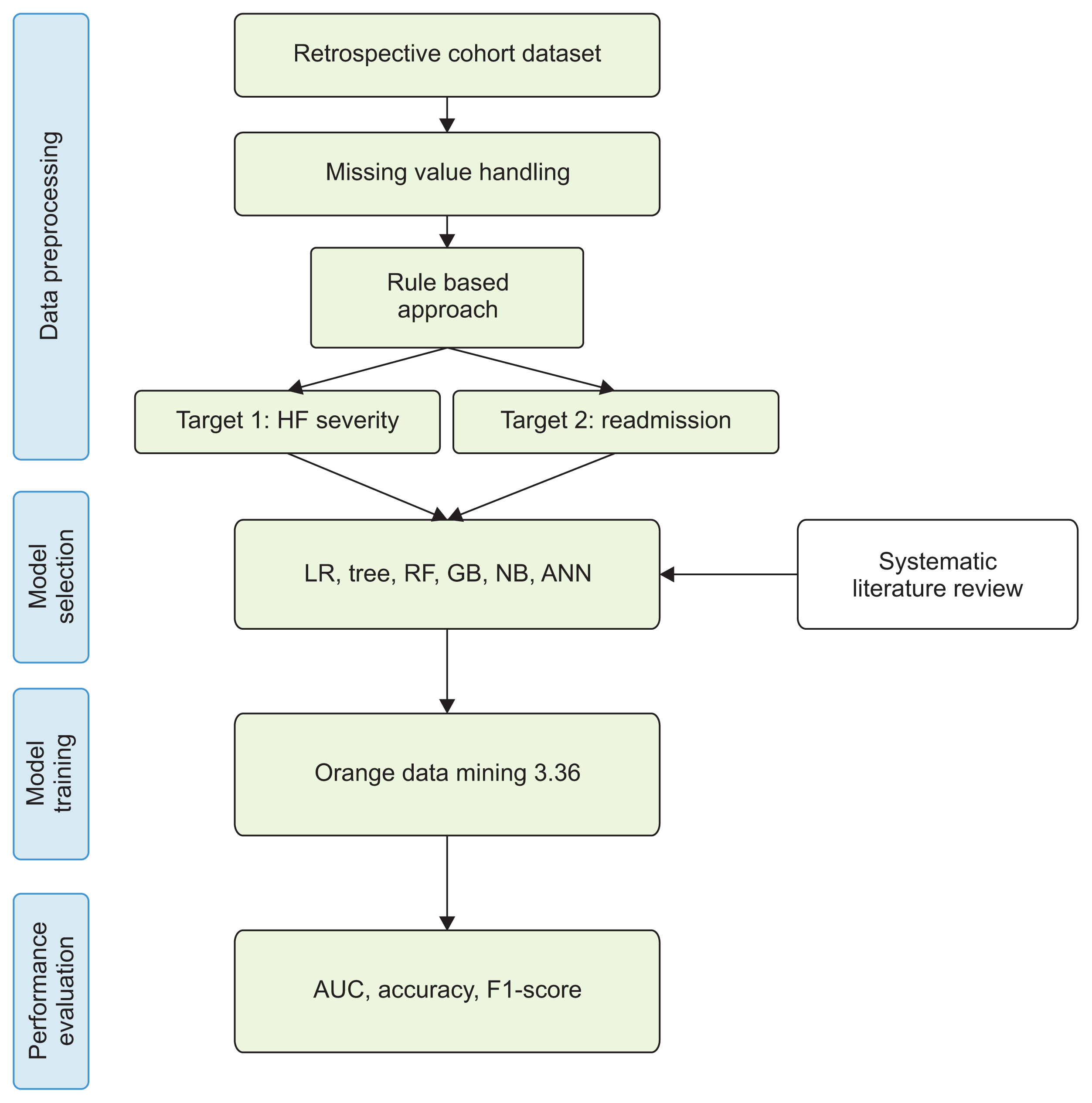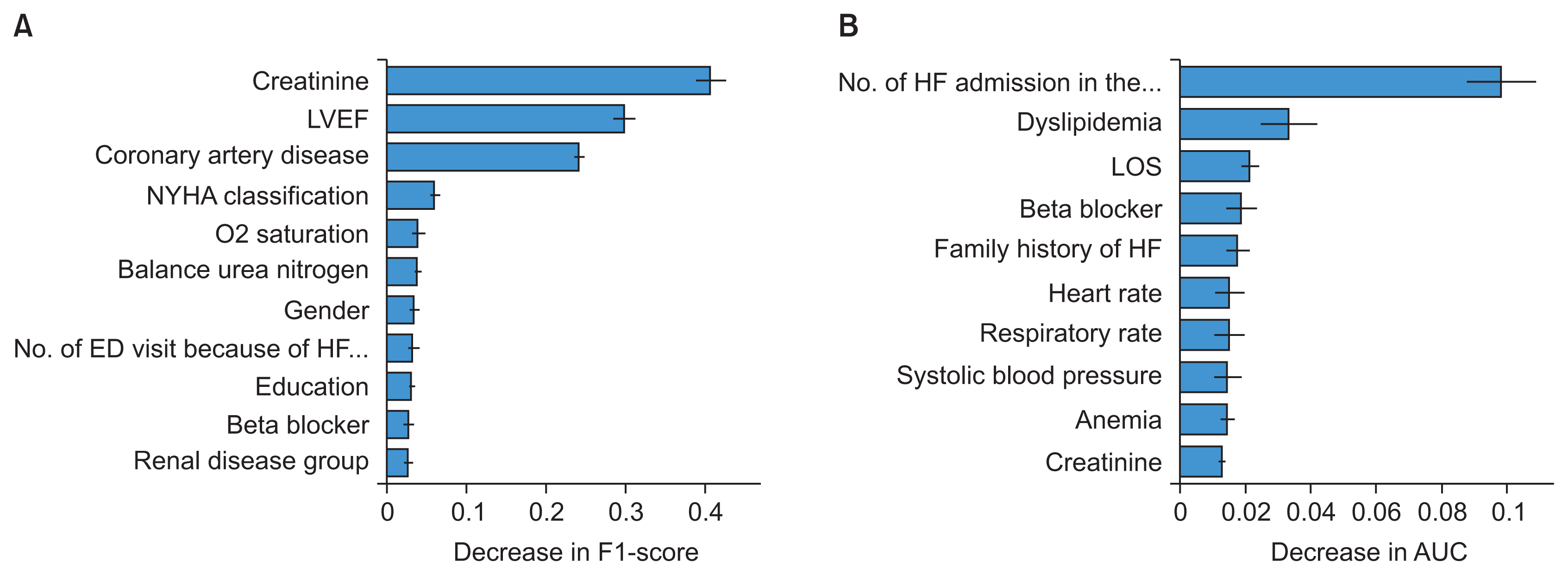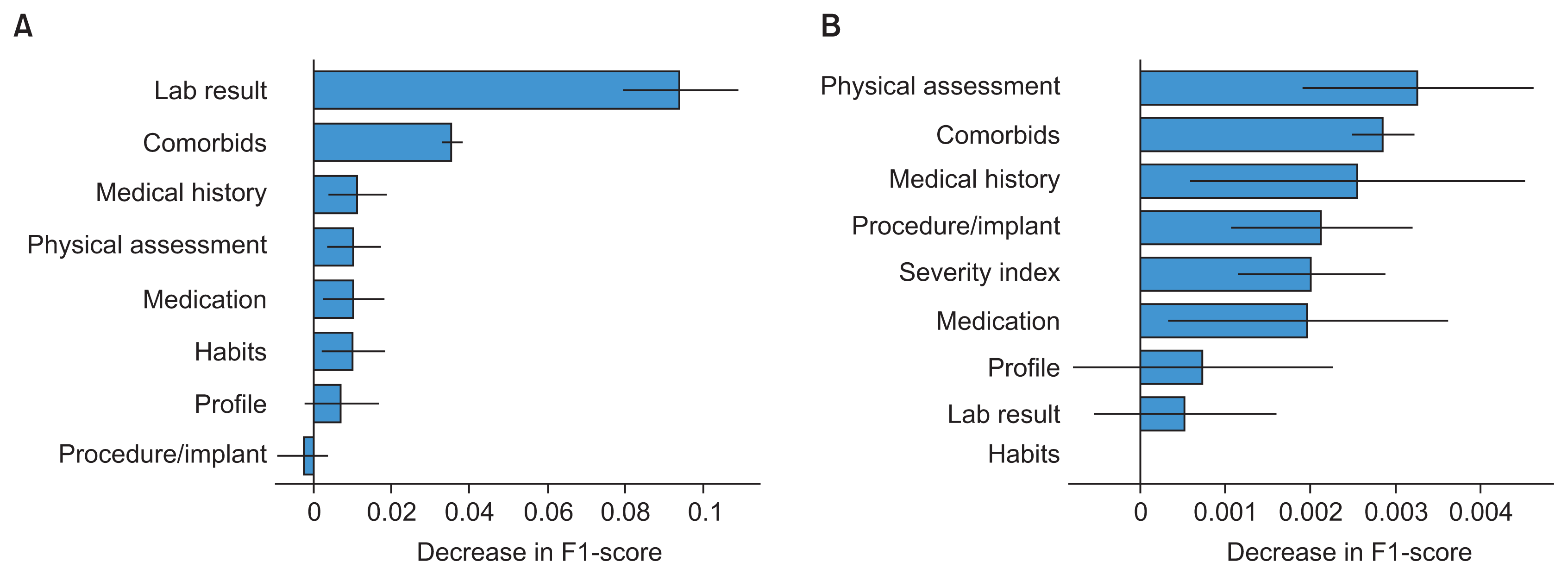1. Heidenreich PA, Bozkurt B, Aguilar D, Allen LA, Byun JJ, Colvin MM, et al. 2022 AHA/ACC/HFSA guideline for the management of heart failure: a report of the American College of Cardiology/American Heart Association Joint Committee on Clinical Practice Guidelines. J Am Coll Cardiol. 2022; 79(17):e263–421.
https://doi.org/10.1016/j.jacc.2021.12.012.

2. McDonagh TA, Metra M, Adamo M, Gardner RS, Baumbach A, Bohm M, et al. 2021 ESC Guidelines for the diagnosis and treatment of acute and chronic heart failure. Eur Heart J. 2021; 42(36):3599–726.
https://doi.org/10.1093/eurheartj/ehab853.

3. Savarese G, Becher PM, Lund LH, Seferovic P, Rosano GM, Coats AJ. Global burden of heart failure: a comprehensive and updated review of epidemiology. Cardiovasc Res. 2023; 118(17):3272–87.
https://doi.org/10.1093/cvr/cvac013.
4. Joseph P, Dokainish H, McCready T, Budaj A, Roy A, Ertl G, et al. A multinational registry to study the characteristics and outcomes of heart failure patients: the global congestive heart failure (G-CHF) registry. Am Heart J. 2020; 227:56–63.
https://doi.org/10.1016/j.ahj.2020.06.002.

5. Hill L, Baruah R, Beattie JM, Bistola V, Castiello T, Celutkiene J, et al. Culture, ethnicity, and socio-economic status as determinants of the management of patients with advanced heart failure who need palliative care: a clinical consensus statement from the Heart Failure Association (HFA) of the ESC, the ESC Patient Forum, and the European Association of Palliative Care. Eur J Heart Fail. 2023; 25(9):1481–92.
https://doi.org/10.1002/ejhf.2973.

6. Reyes EB, Ha JW, Firdaus I, Ghazi AM, Phrommintikul A, Sim D, et al. Heart failure across Asia: same healthcare burden but differences in organization of care. Int J Cardiol. 2016; 223:163–7.
https://doi.org/10.1016/j.ijcard.2016.07.256.

7. Jackson JD, Cotton SE, Bruce Wirta S, Proenca CC, Zhang M, Lahoz R, et al. Burden of heart failure on caregivers in China: results from a cross-sectional survey. Drug Des Devel Ther. 2018; 12:1669–78.
https://doi.org/10.2147/dddt.s148970.

8. MacDonald MR, Tay WT, Teng TK, Anand I, Ling LH, Yap J, et al. Regional variation of mortality in heart failure with reduced and preserved ejection fraction across Asia: outcomes in the ASIAN-HF registry. J Am Heart Assoc. 2020; 9(1):e012199.
https://doi.org/10.1161/jaha.119.012199.
9. Tripoliti EE, Papadopoulos TG, Karanasiou GS, Naka KK, Fotiadis DI. Heart failure: diagnosis, severity estimation and prediction of adverse events through machine learning techniques. Comput Struct Biotechnol J. 2016; 15:26–47.
https://doi.org/10.1016/j.csbj.2016.11.001.

10. Mboi N, Murty Surbakti I, Trihandini I, Elyazar I, Houston Smith K, Bahjuri Ali P, et al. On the road to universal health care in Indonesia, 1990–2016: a systematic analysis for the Global Burden of Disease Study 2016. Lancet. 2018; 392(10147):581–91.
https://doi.org/10.1016/s0140-6736(18)30595-6.

11. Manuaba IB, Sutedja I, Bahana R. The evaluation of supervised classifier models to develop a machine learning API for predicting. ICIC Express Lett. 2020; 14(3):219–26.
https://doi.org/10.24507/icicel.14.03.219.

12. Mortazavi BJ, Downing NS, Bucholz EM, Dharmarajan K, Manhapra A, Li SX, et al. Analysis of machine learning techniques for heart failure readmissions. Circ Cardiovasc Qual Outcomes. 2016; 9(6):629–40.
https://doi.org/10.1161/circoutcomes.116.003039.

13. Symum H, Zayas-Castro JL. Prediction of chronic disease-related inpatient prolonged length of stay using machine learning algorithms. Healthc Inform Res. 2020; 26(1):20–33.
https://doi.org/10.4258/hir.2020.26.1.20.

14. Thanathornwong B, Suebnukarn S, Ouivirach K. Clinical decision support system for geriatric dental treatment using a Bayesian network and a convolutional neural network. Healthc Inform Res. 2023; 29(1):23–30.
https://doi.org/10.4258/hir.2023.29.1.23.

16. Deschepper M, Eeckloo K, Vogelaers D, Waegeman W. A hospital wide predictive model for unplanned readmission using hierarchical ICD data. Comput Methods Programs Biomed. 2019; 173:177–83.
https://doi.org/10.1016/j.cmpb.2019.02.007.

17. Stojanov D, Lazarova E, Veljkova E, Rubartelli P, Giacomini M. Predicting the outcome of heart failure against chronic-ischemic heart disease in elderly population: machine learning approach based on logistic regression, case to Villa Scassi hospital Genoa, Italy. J King Saud Univ - Sci. 2023; 35(3):102573.
https://doi.org/10.1016/j.jksus.2023.102573.

18. Han S, Sohn TJ, Ng BP, Park C. Predicting unplanned readmission due to cardiovascular disease in hospitalized patients with cancer: a machine learning approach. Sci Rep. 2023; 13(1):13491.
https://doi.org/10.1038/s41598-023-40552-4.

19. Sanni RR, Guruprasad HS. Analysis of performance metrics of heart failured patients using Python and machine learning algorithms. Glob Transit Proc. 2021; 2(2):233–7.
https://doi.org/10.1016/j.gltp.2021.08.028.

20. Bentejac C, Csorgo A, Martinez-Munoz G. A comparative analysis of XGBoost [Online]. Ithaca (NY): arXiv. org;2019. [cited at 2024 Jul 31]. Available from:
https://arxiv.org/abs/1911.01914.
21. Dai W, Brisimi TS, Adams WG, Mela T, Saligrama V, Paschalidis IC. Prediction of hospitalization due to heart diseases by supervised learning methods. Int J Med Inform. 2015; 84(3):189–97.
https://doi.org/10.1016/j.ijmedinf.2014.10.002.
22. Pishgar M, Theis J, Del Rios M, Ardati A, Anahideh H, Darabi H. Prediction of unplanned 30-day readmission for ICU patients with heart failure. BMC Med Inform Decis Mak. 2022; 22(1):117.
https://doi.org/10.1186/s12911-022-01857-y.

23. Golas SB, Shibahara T, Agboola S, Otaki H, Sato J, Nakae T, et al. A machine learning model to predict the risk of 30-day readmissions in patients with heart failure: a retrospective analysis of electronic medical records data. BMC Med Inform Decis Mak. 2018; 18(1):44.
https://doi.org/10.1186/s12911-018-0620-z.

24. Frizzell JD, Liang L, Schulte PJ, Yancy CW, Heidenreich PA, Hernandez AF, et al. Prediction of 30-day all-cause readmissions in patients hospitalized for heart failure: comparison of machine learning and other statistical approaches. JAMA Cardiol. 2017; 2(2):204–9.
https://doi.org/10.1001/jamacardio.2016.3956.





 PDF
PDF Citation
Citation Print
Print






 XML Download
XML Download